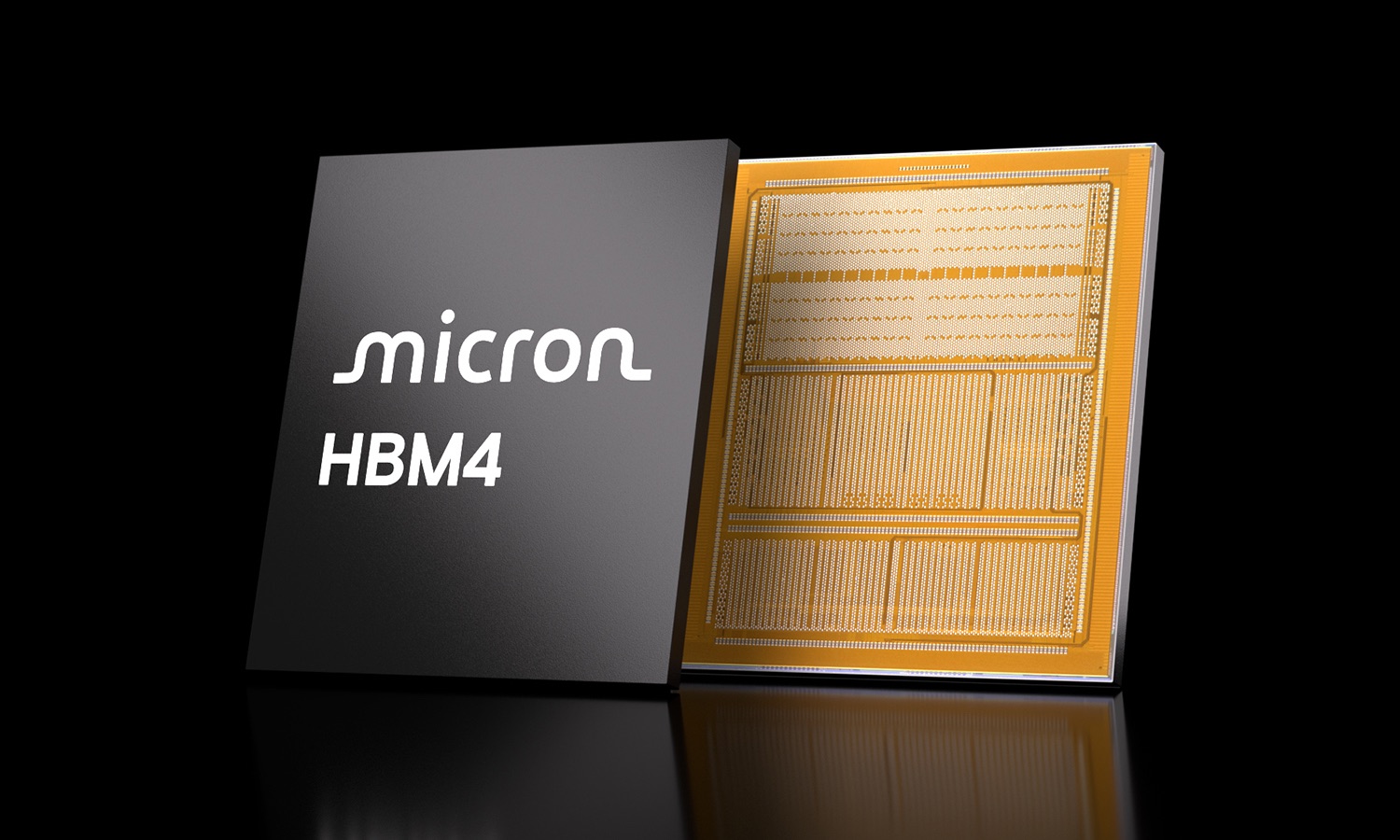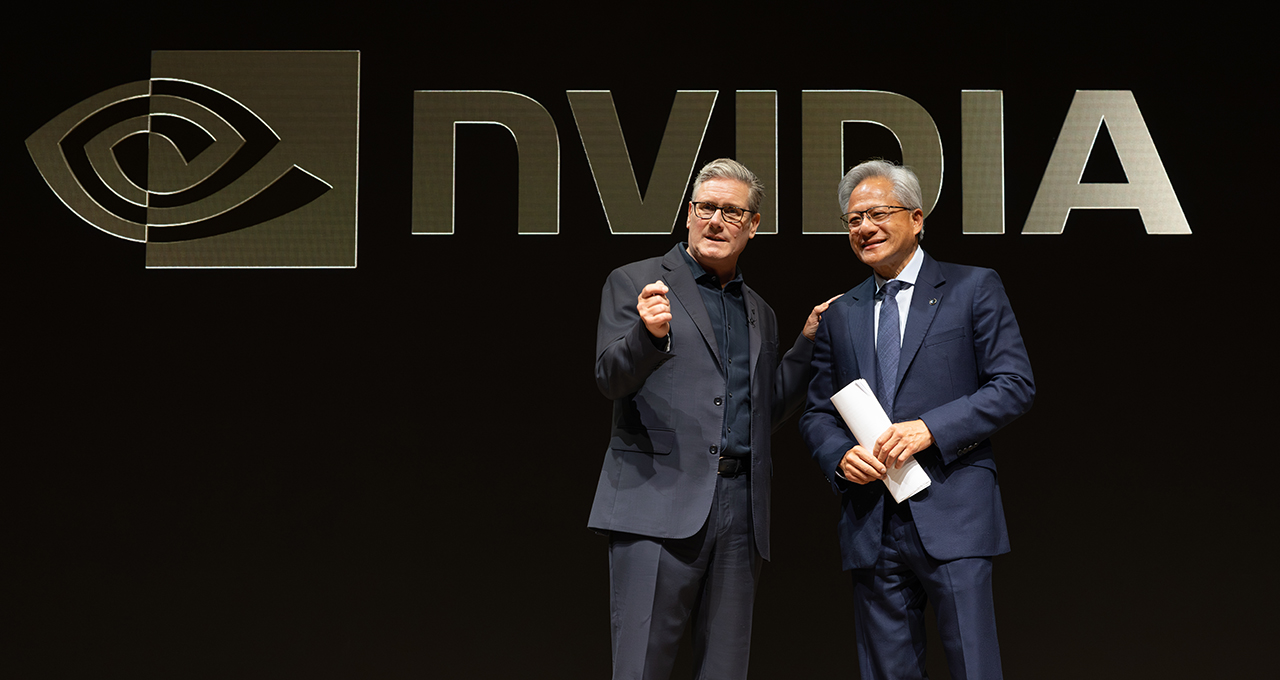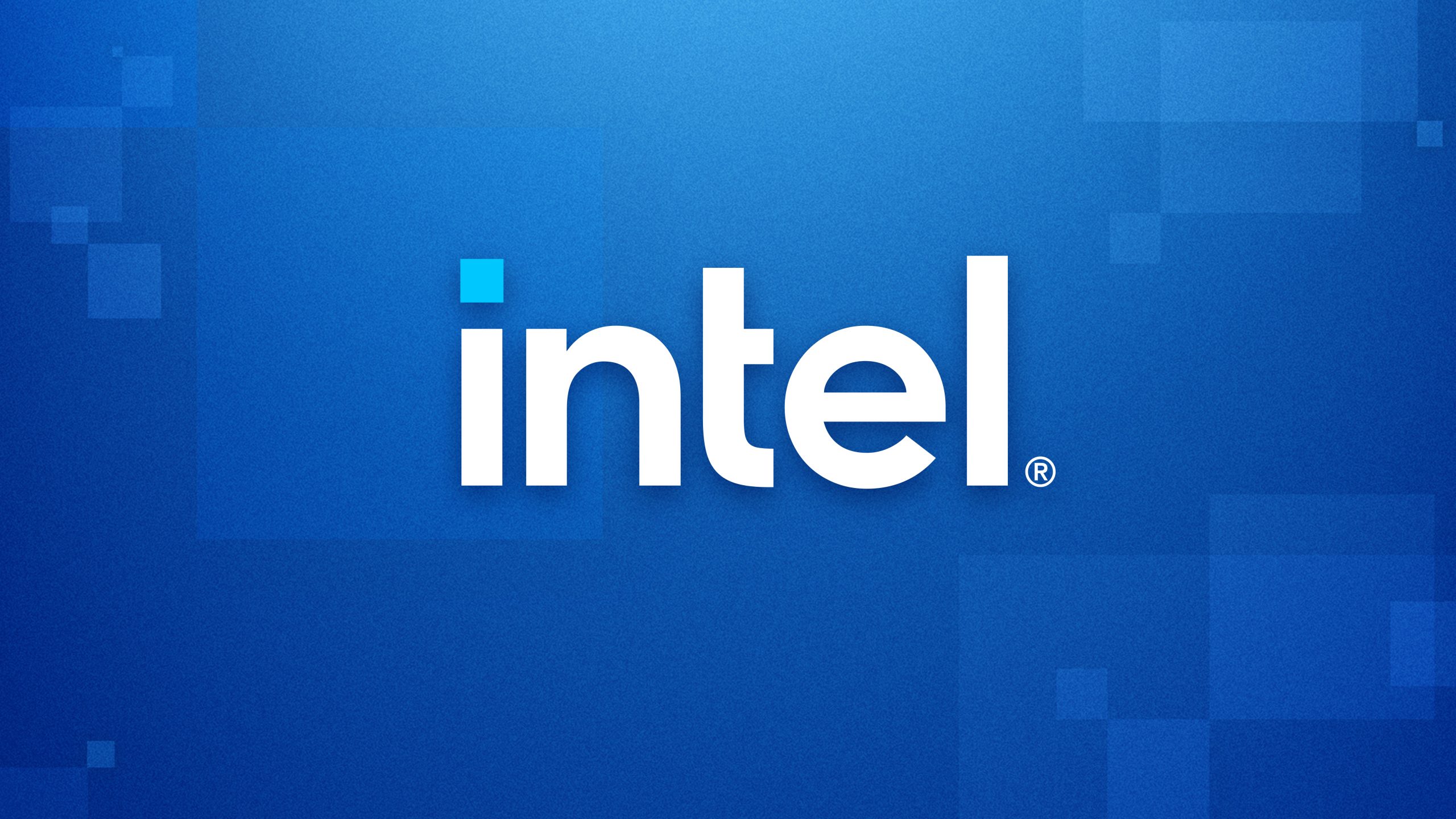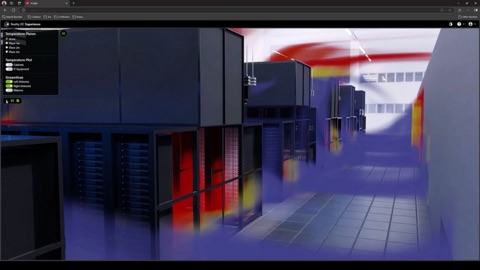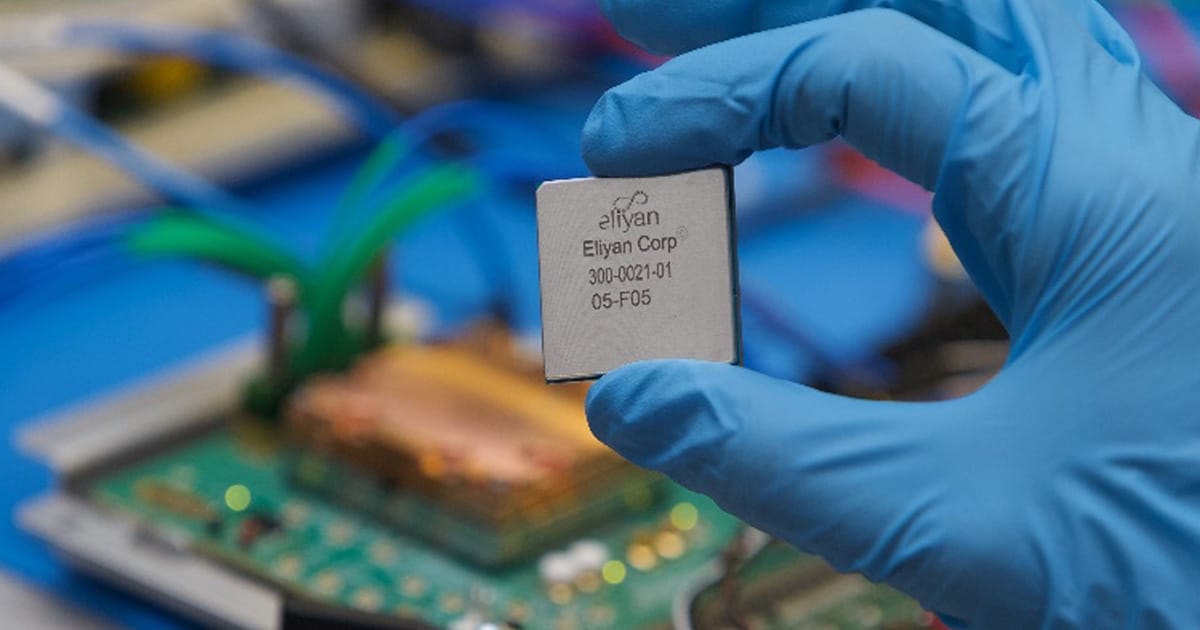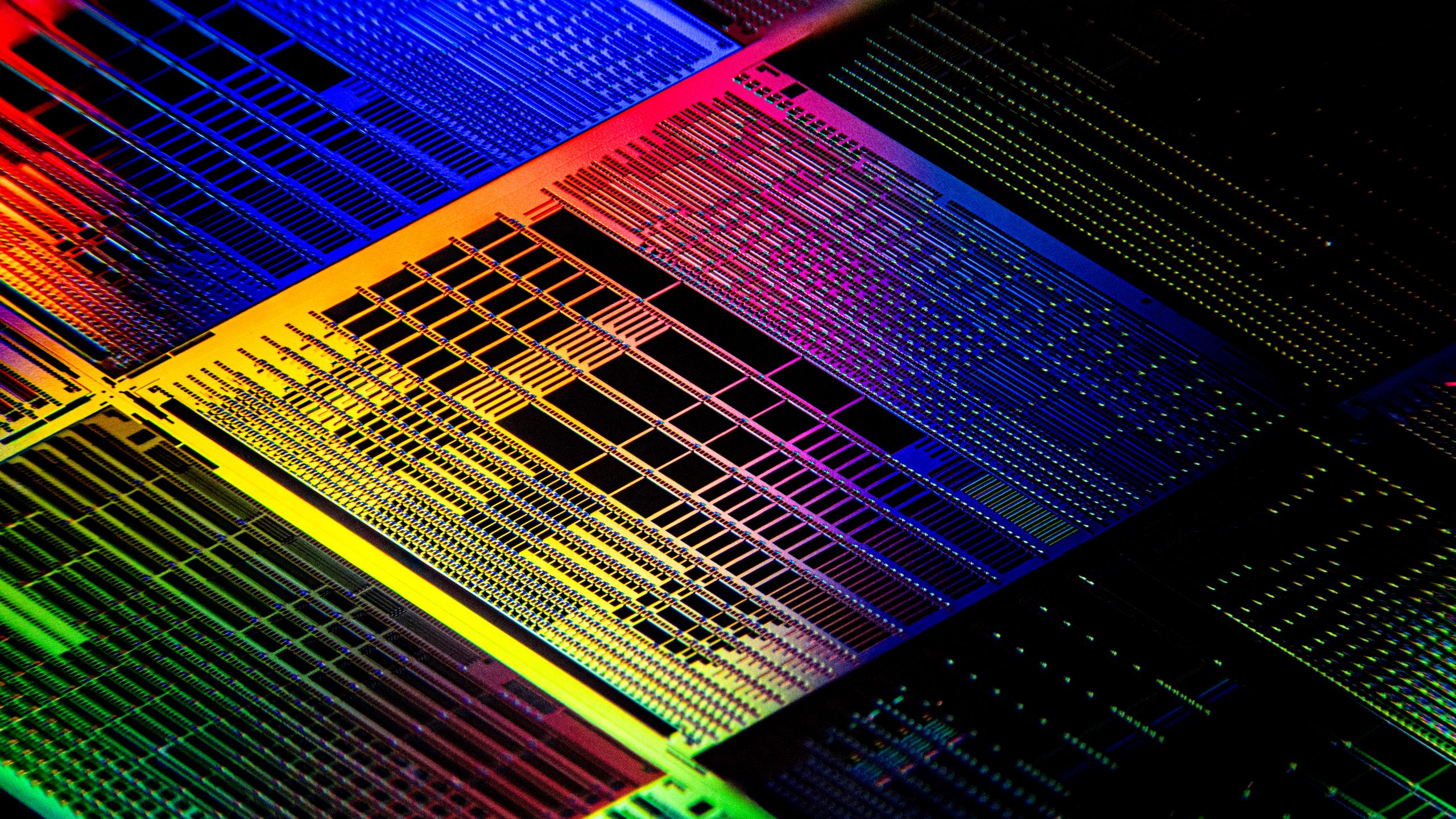Insights:
- Micron Technology achieved record-breaking fiscal Q4 and full-year 2025 revenue driven by AI data center growth.
- Capital expenditures reached $13.8 billion for the full fiscal year 2025, reflecting strong investment in future capabilities.
- Adjusted free cash flow was $3.72 billion for fiscal 2025, supporting financial stability and shareholder returns.
- The company declared a quarterly dividend of $0.115 per share, emphasizing its commitment to investors.
- Micron expects $1.2 billion sequential revenue growth in Q1 2026 with gross margins exceeding 50%, highlighting strong market momentum.
Micron Technology, Inc. closed fiscal year 2025 with record-breaking financial performance, largely driven by strong demand for AI data center memory solutions. The company’s Q4 results reinforced its leadership position in technology and operational excellence, setting the stage for continued growth into fiscal 2026. With a portfolio of high-performance DRAM, NAND, and NOR products, Micron is strategically positioned to capitalize on the growing AI market as the only U.S.-based memory manufacturer.
During fiscal 2025, Micron made substantial capital investments totaling $13.8 billion, demonstrating its commitment to expanding its manufacturing and technological capabilities. The company generated an impressive adjusted free cash flow of $3.72 billion, which supports ongoing innovation and shareholder value initiatives, including a recently declared quarterly dividend of $0.115 per share.
Looking ahead, Micron forecasts $1.2 billion in sequential revenue growth for the first quarter of fiscal 2026, with gross margins expected to exceed 50%. This outlook reflects solid market demand and confidence in its competitive product portfolio. Micron continues to drive innovation that enables AI, compute-intensive applications, and the broader data economy, positioning itself for sustained long-term success.
Micron Technology, Inc.
